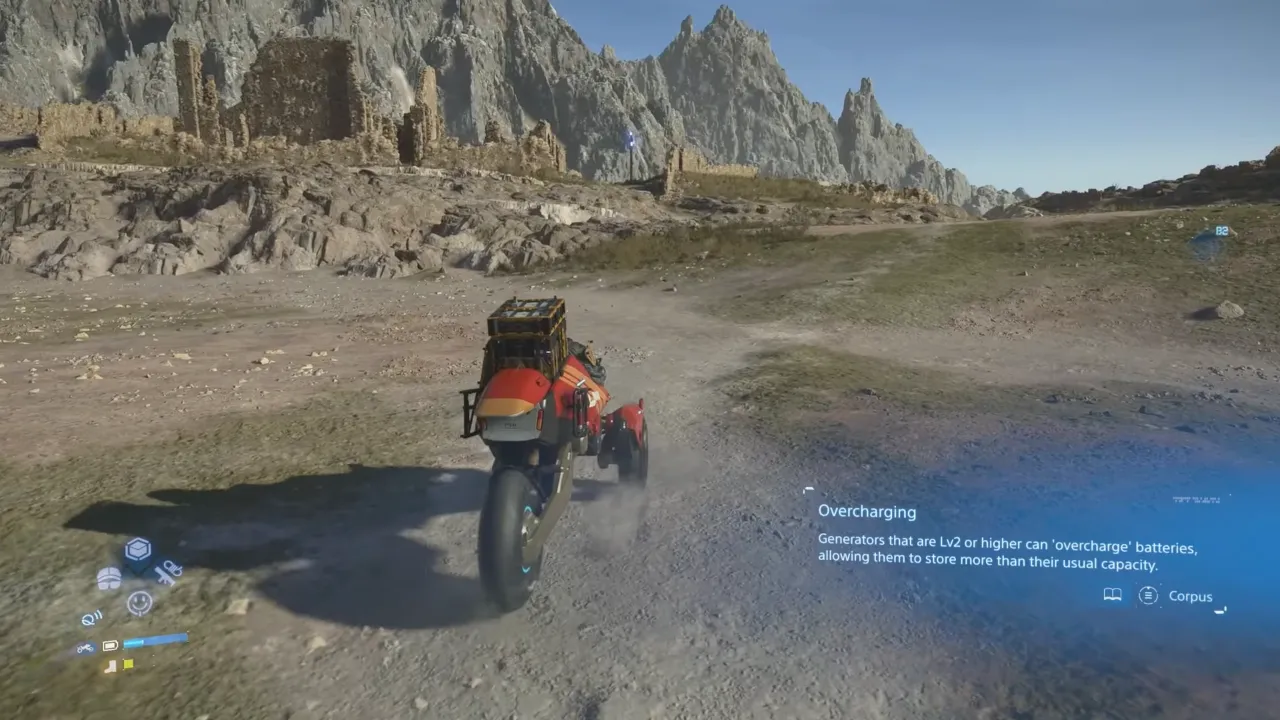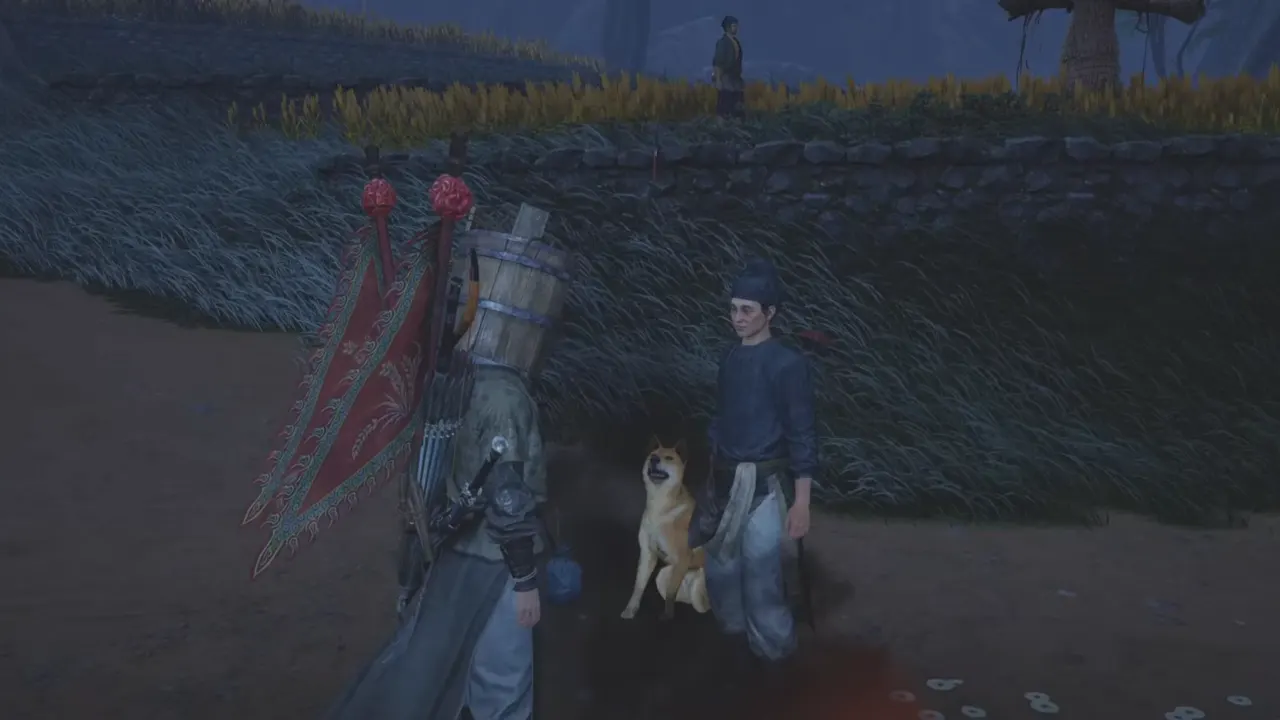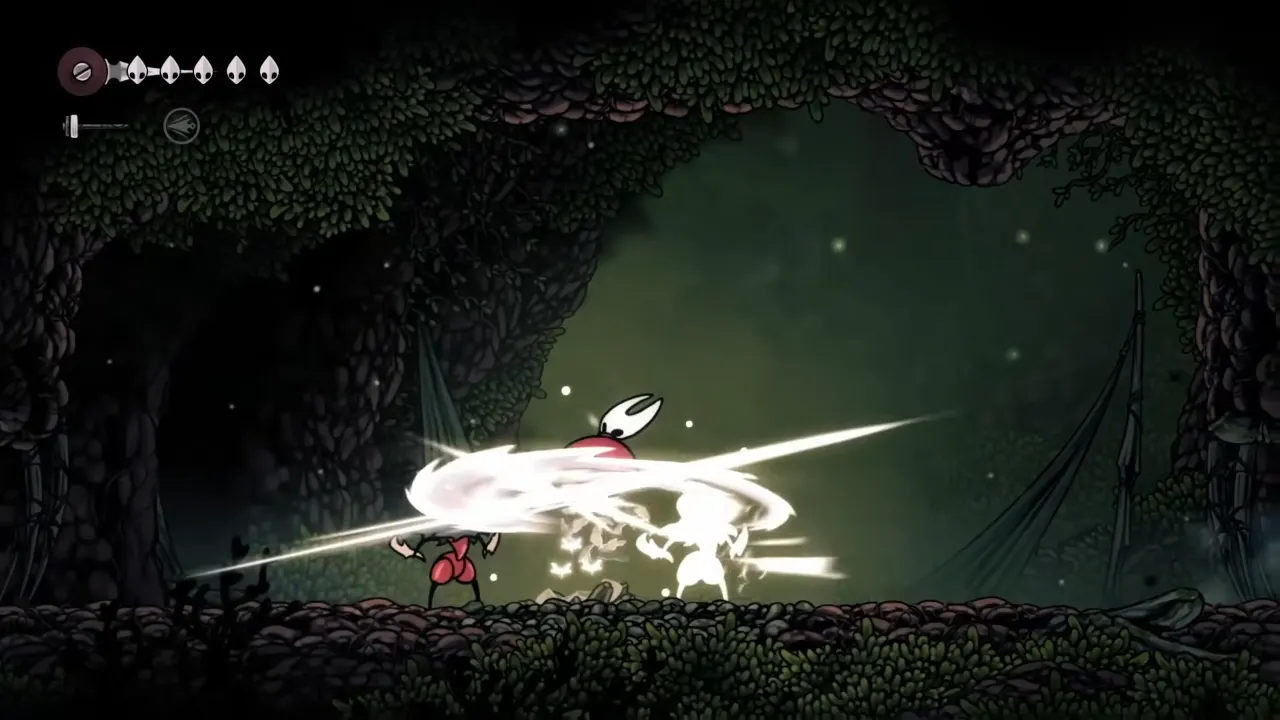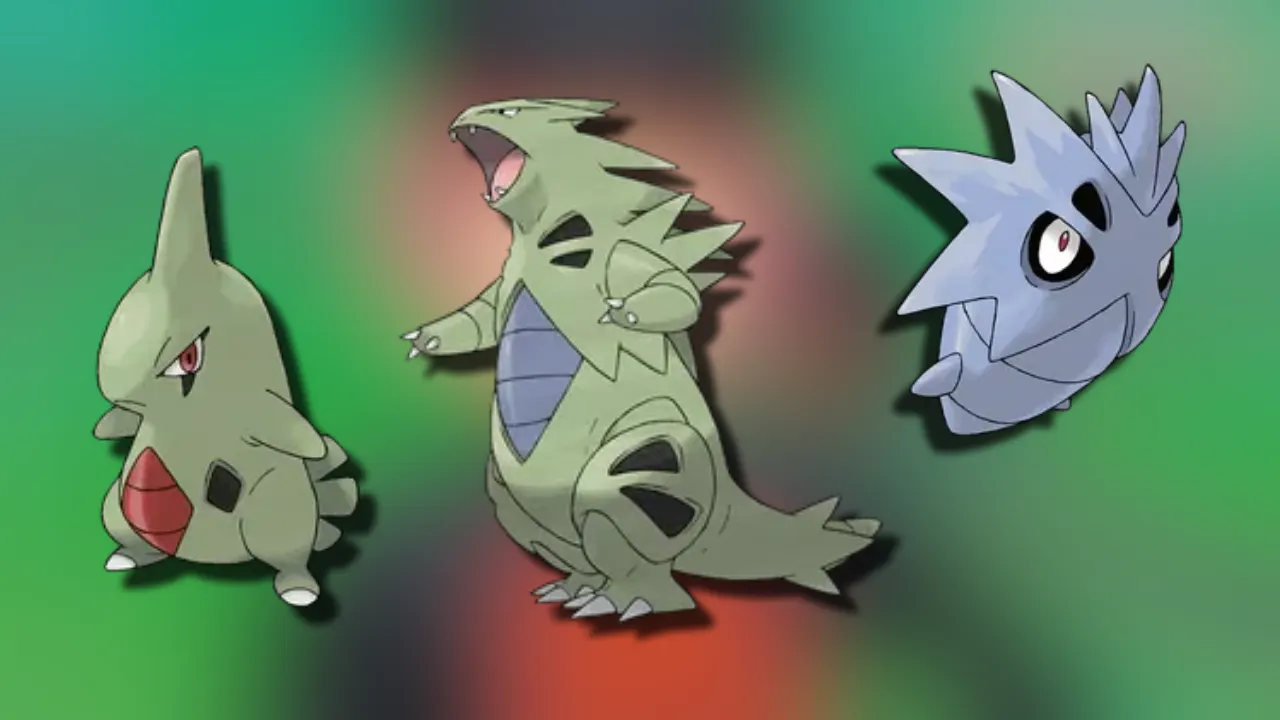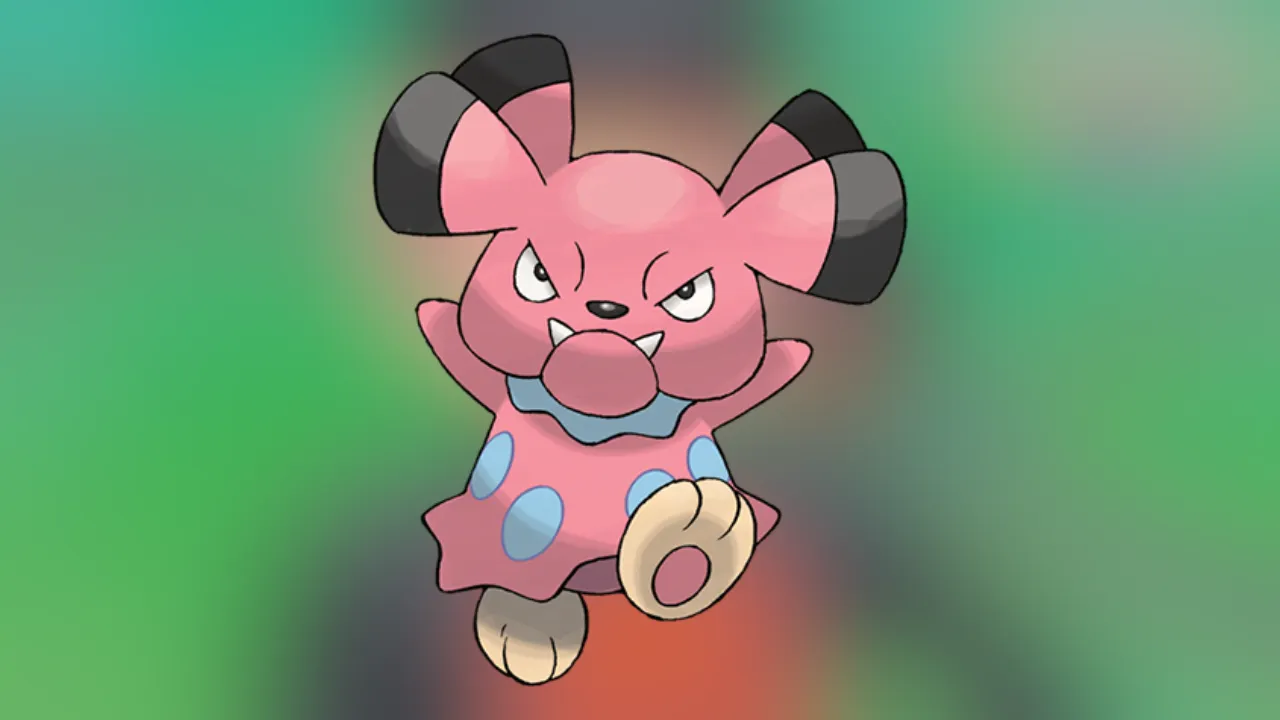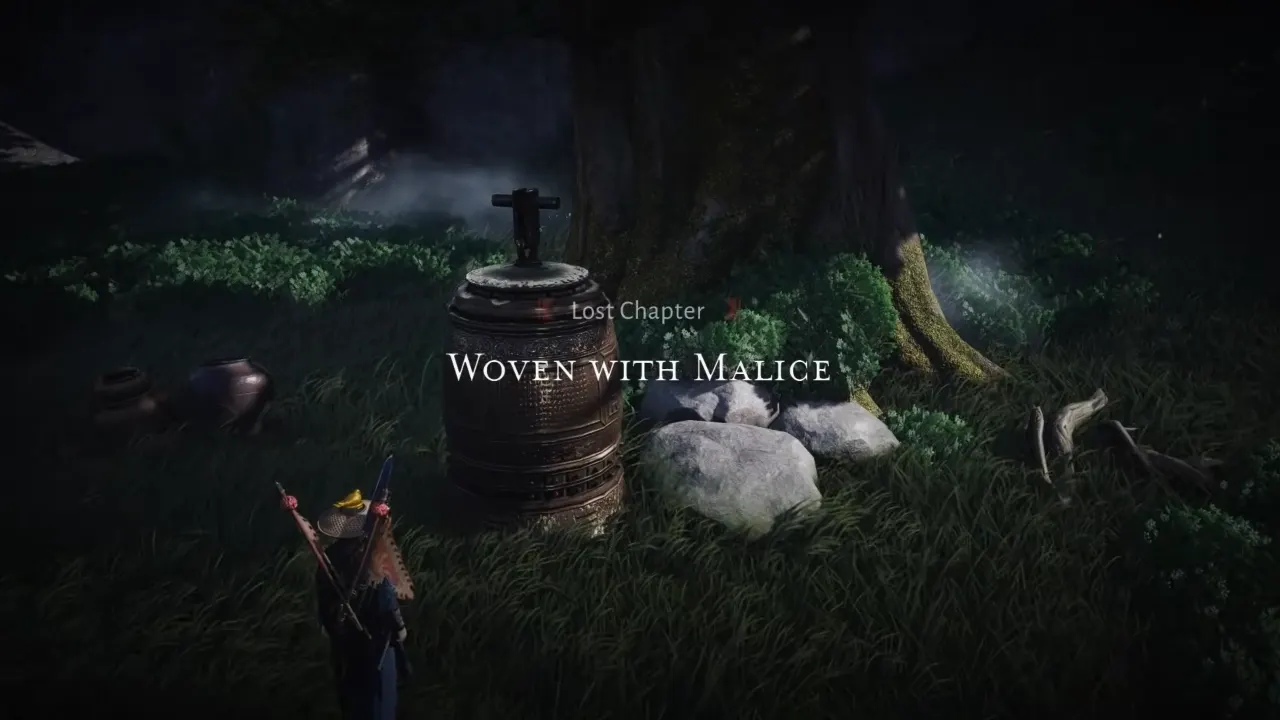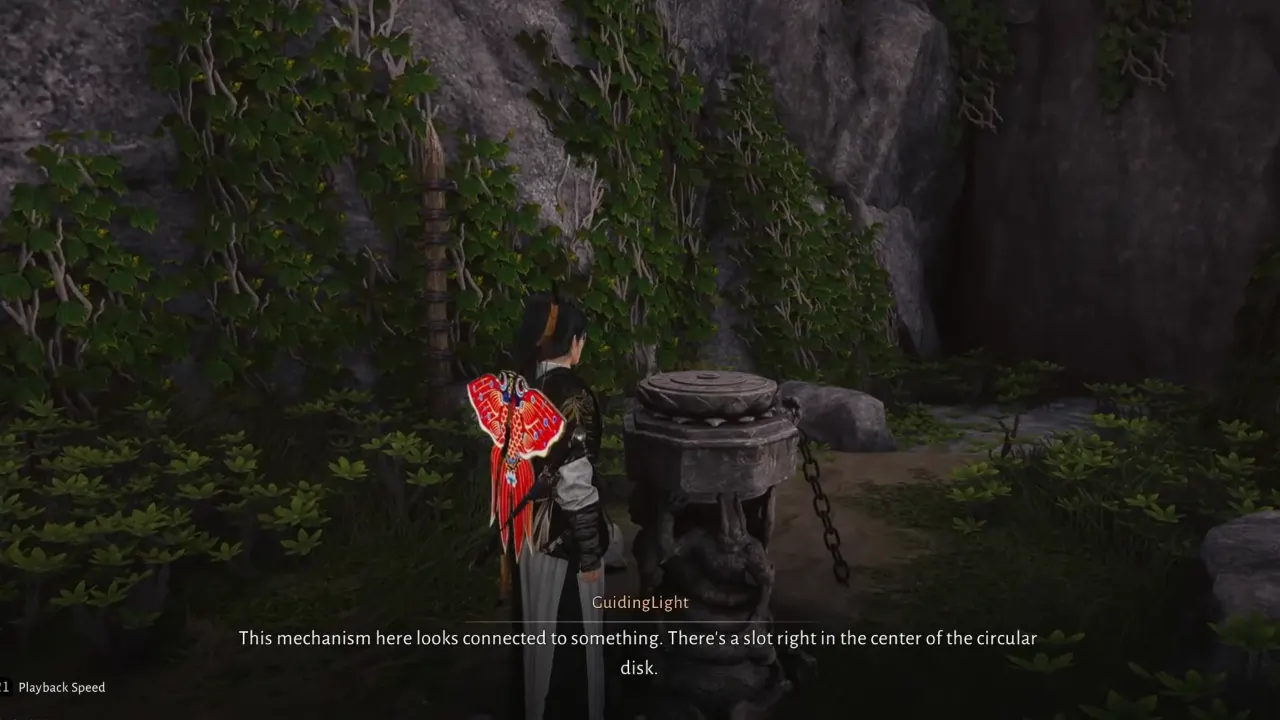Getting from point A to point B has never been a simple stroll in Death Stranding 2: On the Beach. With steeper terrain, heavy cargo, and long treks than ever before, you’ll soon find that traveling on foot is not going to cut it. Thankfully, Kojima Productions has given Sam a few good vehicles to make the journey not only fast and easy.
To cruise over mountains on a rugged trike or haul hundreds of kilos across the outback in a battery-powered truck, vehicles are crucial to how you explore and survive. In this guide, we’ll explain all vehicles in Death Stranding 2, how to unlock them, and what each one is good for.
Tri-Cruiser
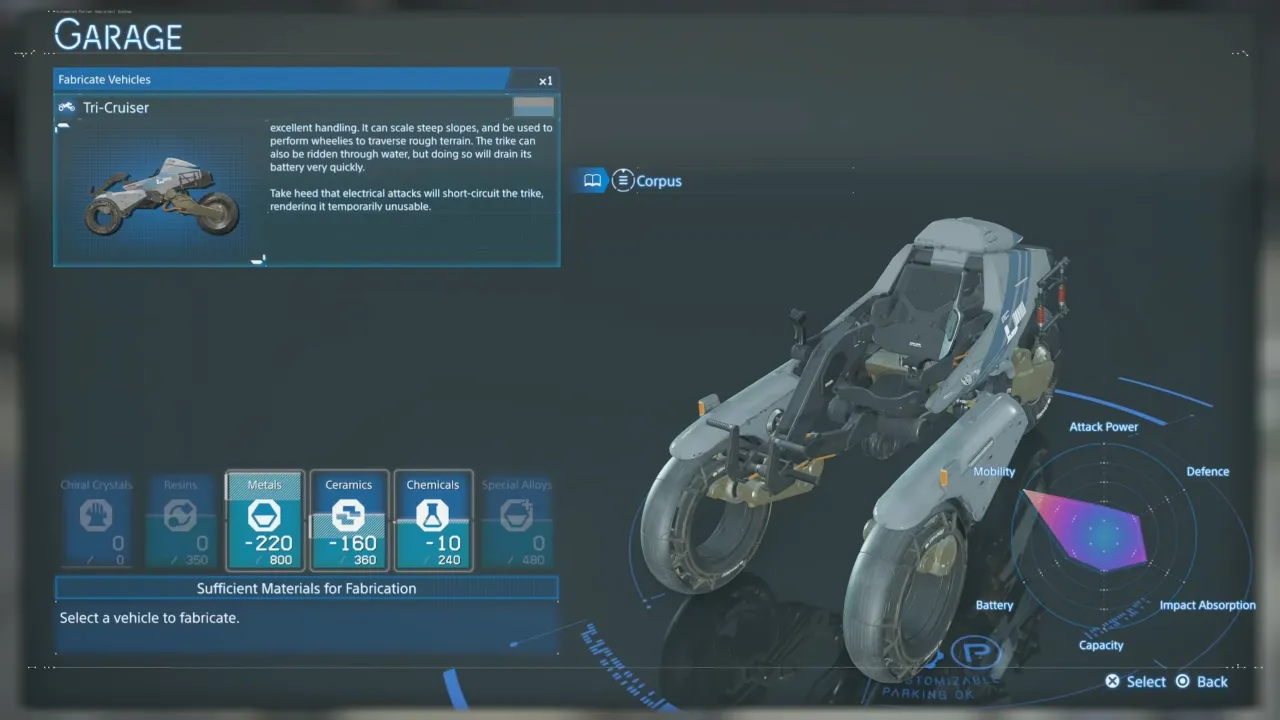
The Tri-Cruiser is the first vehicle you’ll unlock in Death Stranding 2: On the Beach, and it’s the right pick to get used to the open world. This reverse trike (with two wheels in the front) is unlocked after completing Main Order 6 in Mexico. Once you finish your conversation with Fragile and meet Alex Weatherstone at the Former Geophysics Research Lab after the BT boss encounter, you’ll get access to the fabrication blueprint.
To craft a Tri-Cruiser, you’ll need:
- 220 Metals
- 160 Ceramics
- 10 Chemicals
You can fabricate it at any large facility with a garage or at the DHV Magellan mobile base. Once built, you can also customize its look with different decals and colors, or recycle it for materials when it’s no longer needed.
The Tri-Cruiser is best at speed and agility over rugged terrain, scale steep slopes (thanks to its front blades), pick up cargo on the move, and make quick, small deliveries. However, its battery drains fast mainly in water, and it doesn’t carry much cargo. It’s even weaker against enemy attacks without upgrades. You can increase its durability by unlocking Additional Armor at Connection Level 2 with the Geophysics Lab.
Pickup Off-Roader
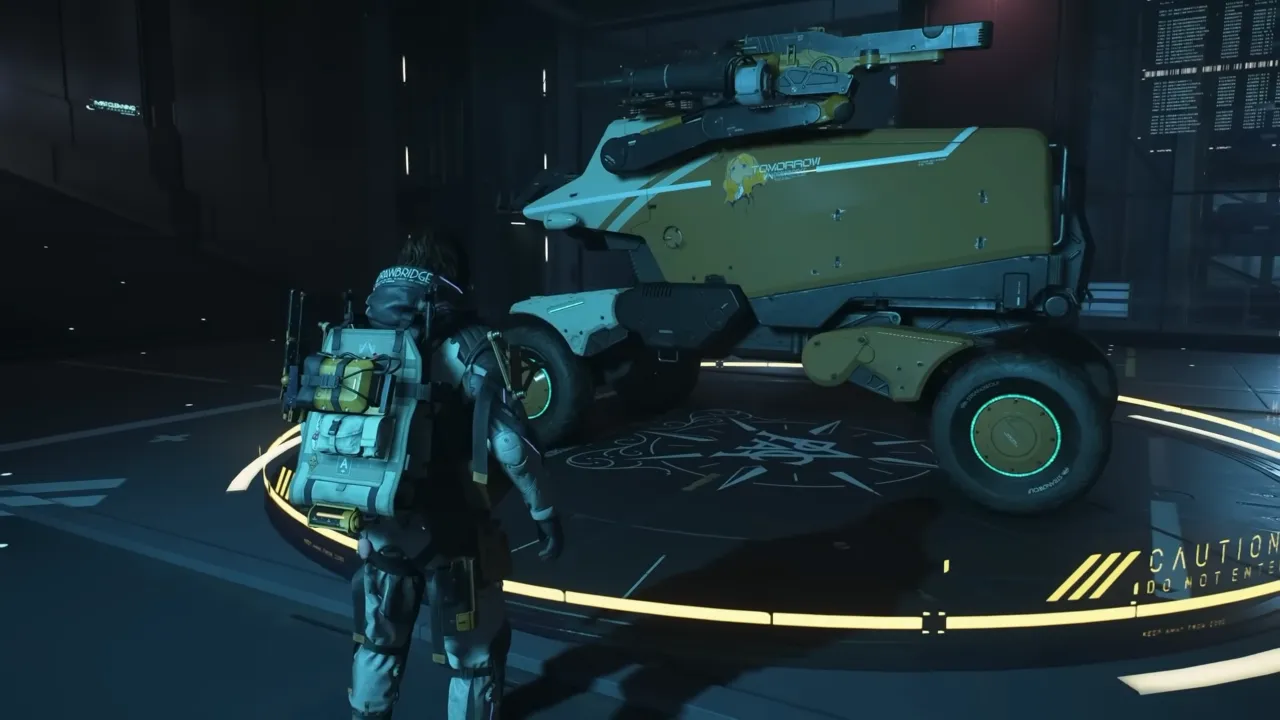
The Pickup Off-Roader is the go-to for serious deliveries. You’ll first come across its base version during Main Order 3, parked inside a bandit camp near Villa Libre. You can sit and drive it, but it has limits with no upgrades, can’t be stored, and is not repairable at garages. To unlock the fully functional model, complete Main Order 13 and build a connection between the Mine North of F1 and West Fort Knot. Olivia Westbury will provide the blueprint, and from there, you can fabricate it similar to the Tri-Cruiser.
Fabrication materials include:
- 320 Metals
- 230 Ceramics
- 20 Chemicals
What makes the Pickup Off-Roader good is it’s up to 900kg massive cargo capacity, multiple weapon and utility attachments, and great durability and combat readiness. This truck is not for speed but is a workhorse. You can customize it with Sticky Cannons, Heavy Machine Guns, Rocket Launchers, and more weapons, once you progress further and level up relevant facilities.
Coffin Board
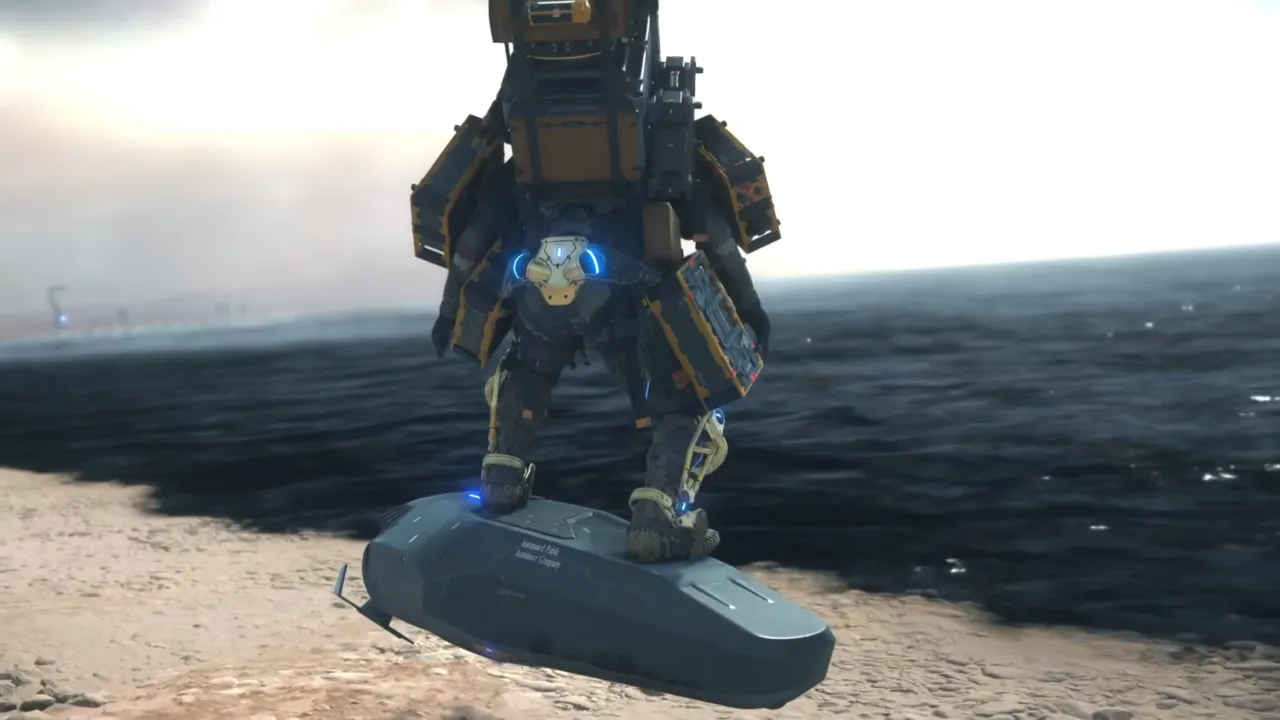
The Coffin Board is a more specialized ride, unlocked during Main Order 29 when you deliver a special coffin to The Mechanic. It’s an amphibious board designed for speed and stealth, which glides over tar and water; it is a good travelling companion in areas with dangerous terrain.
Materials to fabricate:
- 260 Metals
- 200 Ceramics
- 30 Chemicals
You can ride it like a hoverboard or drag it behind outside the Chiral Network (though that will cost you Chiral Crystals). Within the network, it consumes battery but provides higher efficiency and speed. It’s also useful for corpse disposal, taking cover, and even regaining stamina near enemies.
Floating Carrier
While not a vehicle in the usual sense, the Floating Carrier can be ridden once detached. It’s first unlocked during Episode 3: Drawbridge, after connecting West Fort Knot to the Chiral Network.
Though for cargo transport, you can hop on and use it like a hoverboard by pressing X and then kick off with Circle. It’s fast and valuable for light travel, though less practical than the Coffin Board. It also benefits from upgrades like Carrier Handling Boost, which requires a higher Porter Grade.
Monorail
Not every vehicle in Death Stranding 2 is something you can drive. The Monorail system is an infrastructure transport form unlocked as part of Main Order 13. These rails connect major hubs and mining sites, which allows you to move cargo (and Sam) quickly across long distances, given that the tracks are intact.
To rebuild and use the monorail:
- Find Tracklayer Terminals
- Invest resources including Chiral Crystals, Resins, and Special Alloys
- Ensure the area is part of the Chiral Network
Once a full rail is restored between two nodes, you can load cargo at one station and unload it at another. You can also drop off it mid-route if you spot something interesting on the way.
Upgrades and Add-Ons for Vehicles
Both the Tri-Cruiser and Pickup Off-Roader can be upgraded with the level-up of many facilities. Here are some notable upgrades and what they do:
Combat & Utility Mods (Pickup Off-Roader only):
- Sticky Cannon – Grabs nearby cargo automatically
- Heavy Machine Gun – Fires MP bullets at enemies
- Chiral Cannon – Devastating mid-range weapon, powerful but risky in populated areas
- Rocket Launcher – Fires electrical rockets; anti-human and anti-mech
- Mortar – Long-range explosive shells
Defense & Support (Both vehicles):
- Additional Armor – Increases durability and protects the driver
- Electrical Defense Unit – Blocks electrical attacks
- Active Defense System – Detects and neutralizes incoming projectiles
- Battery Units (Lv1 & Lv2) – Extends vehicle battery life
- Anti-Gravity Unit – Helps with higher jumps and softer landings
- Spiked Tires – Improves traction on steep slopes
Most of these are unlocked by ranking up with facilities including The Mechanic, F6 South Fort Knot, and West Fort Knot (F1).
Death Stranding 2 might be about walking across desolate terrain, but the time you unlock your first vehicle, you’ll never look at delivery routes the same way again. From the quick Tri-Cruiser to the heavy-duty Off-Roader and the slick Coffin Board, every ride has a role to play and all of these vehicles are better than hoofing it across the outback with a hundred kilos on your back.
Be sure to visit garages regularly to upgrade your rides. Remember that terrain, cargo type, and mission objectives should all influence your vehicle choice. A good porter always knows when it’s time to ride. Happy delivering.

